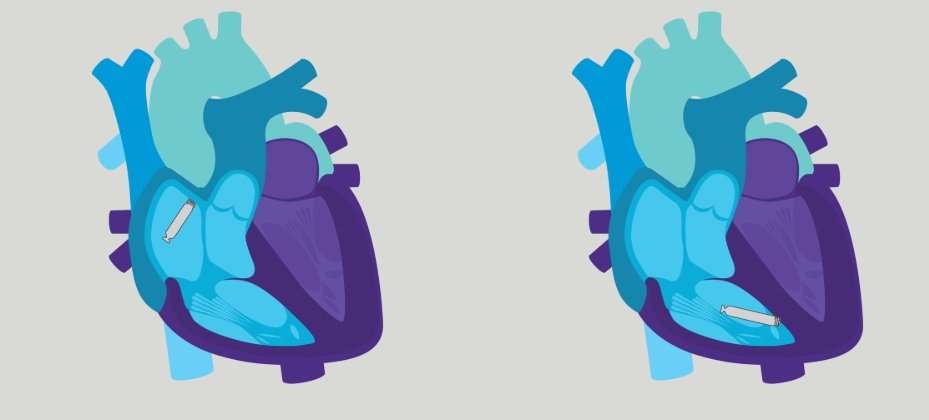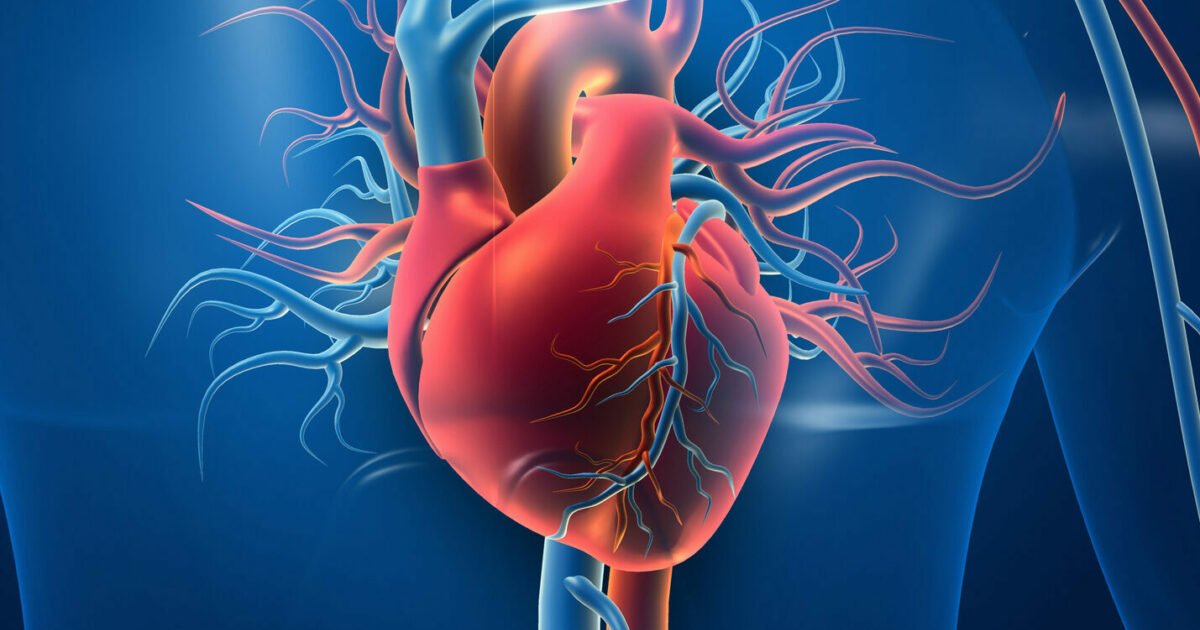Obesity Management Converges Diverse Approaches
March 10, 2009 | Tuesday | News
Obesity
Management Converges Diverse Approaches
With exciting fields
opening up, obesity management is now being looked upon as a booming
market by companies.
It has been denounced as what has been rightly termed as an outbreak of
an epidemic called obesity. However, scientists may term it as a losing
battle but life sciences companies are cashing on to this challenge as
an opportunity considering the huge populace that the
“disorder” (as it is supposedly termed) embraces.
And why not? The market for obesity drugs by 2012 will look lucrative
with the expected populace expected to hit the 600 million mark (with 2
billion slated as overweight) thus opening up whole new vistas.
Country-wise, the US is presently the biggest market for weight loss
drugs with around 68 percent of its population either overweight or
obese. The US is followed by the UK and other European countries. In
future, emerging economies, China, Russia, India and Brazil are also
expected to become a huge market for weight loss products. With
China’s obesity and overweight levels touching 665-670
million by 2015, the country will emerge as the most potential weight
loss market. Yet, the million dollar question popping up is will the
scientific community and the industry as a whole be able to catch up
with this pace? Hopefully yes, if we have a cursory glance at the
pipeline of products which are slated to come out in the market by
2015.
Evolution and major
breakthrough
Breakthroughs in obesity are a recent phenomenon and this included the
discovery, in 1994, of leptin, a hormone that appeared to provide
negative feedback. Later studies showed that appetite regulation is an
immensely complex process involving the gastrointestinal tract, many
hormones, and both the central and autonomic nervous systems.
The phenomenon of obesity was observed much earlier. This was done by
studying mutant obese mice that arose at random within a mouse colony
at the Jackson Laboratory in 1950.These mice were massively obese and
excessively voracious|. Leptin itself was discovered in 1994 by Jeffrey
M. Friedman and colleagues at the Rockefeller University through the
study of such mice. To date, only leptin and insulin are known to act
as an adiposity signal. Although leptin is a circulating signal that
reduces appetite, in general, obese people have an unusually high
circulating concentration of leptin. These people are said to be
resistant to the effects of leptin, in much the same way that people
with type 2 diabetes are resistant to the effects of insulin. It was
also discovered that the high sustained concentrations of leptin from
the enlarged adipose stores result in leptin desensitization. The
pathway of leptin control in obese people might be flawed at some point
so the body doesn’t adequately receive the satiety feeling
subsequently to eating. Early anorectics were fenfluramine and
phentermine. A more recent addition is sibutramine which increases
serotonin and noradrenaline levels in the central nervous system. In
addition, recent reports on recombinant PYY 3-36 suggest that this
agent may contribute to weight loss by suppressing appetite.
Technological upgradation
today
The ideal road usually taken as a resort to tackle the issue of obesity
is to pitch in for lifestyle modification through diet and exercise and
the recent medical intervention being bariatric surgery (applicable as
researchers confirm only for morbid obesity). Any eventual drug
treatment for overweight and mild obesity is likely to involve
combination therapy, i.e., the prescription of two or more drugs, in
addition to lifestyle changes, in order for the patient to successfully
lose the excess weight and keep it off. Today there is also a huge
market for medical devices also mostly from the private sector.
Moreover now there have been exciting fields opening up. Early
research found that 30 percent of obese people were infected with Ad-36
virus, while only 11 percent of non-obese people were infected. New
research finds that Ad-36 has a direct effect on human fat stem cells.
The virus infects the fatty tissue and increases replication,
differentiation, and accumulation of fat cells. Ultimately, this leads
to larger fat cells. The virus also increases lipid sensitivity and
decreases leptin secretion of the new fat cells.
Moreover it has been argued that obesity cannot just be a consequence
of lifestyle disorders and that the existence of some kind of virus may
go explain the speed with which the problem has progressed. If proven
right then some people may be able to solve some of their weight
problems with the application of an anti-viral, or some other treatment
that attacks viruses. The past decade has seen tremendous advances in
the understanding of the physiological regulation of energy balance and
adiposity, and important insights into the pathogenesis of obesity.
Today there is a comprehensive view of the adiposity hormone leptin,
the subsequent identification of hypothalamic and other brain
neuropeptide systems controlling energy balance, and the progress in
understanding the molecular mechanisms by which cells can sense and
respond to changes in metabolic state. Some of the most recent
developments are prototypic compounds that manipulate fat metabolism,
both in peripheral tissues and in the brain, to reduce body fat
synthesis and storage and to increase fat oxidation, to reduce food
intake, and to increase energy expenditure.
This apart, with FDA becoming all the more stringent over its
guidelines, and drug manufacturers have not been lucky to keep
it in its good books. Recently the FDA
has published a list of unapproved drugs which it described as
“tainted” be pulled off from the market. The list
includes rimonabant and sibutramine. Rimonabant was the active
ingredient in Zimulti/Acomplia, the ill-fated obesity treatment that
Sanofi-Aventis tried to get approved in the US. The FDA turned the
application down.
Acomplia was marketed for a while in Europe but the European Medicines
Authority scrapped off the drug over safety concerns.
Sibutramine is the active ingredient in Abbott Labs’ Meridia,
a prescription product. However in this case, the USFDA only asserted
that the unapproved products that use Meridia as an
ingredient be pulled off rather than the product as a whole
being pulled off.
The list goes on, as obesity much like Alzheimer’s has
been like walking on a shaky bridge. The FDA
recently also rejected Orexigen’s Contrave pill
because there was not enough difference between the placebo group and
patients actually taking the pill. Others include Pfizer which halted
its anti-fat drug, the unnamed “CP-945,598,” for
“regulatory” reasons, Merck in November pulled its
fat pill, taranabant, from its pipeline,GlaxoSmithKline has had
disappointing sales from Alli, Roche had negligible sales from Xenical,
the Rx version of Alli, Wyeth abandoned fen-phen and Redux after they
produced lawsuits.
Market potential
Realizing the staggering potential in this market, the pharmaceutical
sector is very active in research and development for the treatment of
overweight, obesity and even morbid obesity. The main goal is to
produce a drug or a combination of drugs which results in clinically
significant weight loss over placebo, with as less side-effects. More
companies have a drug in the pipeline for the treatment of overweight
and obesity than for morbid obesity, although a few companies have set
their sights on morbid obesity.
Some of the medical devices are in the development and testing stages.
The world market for clinical management of obesity is forecast to
reach about $6.4 billion by 2015, on a revenue compound annual growth
rate (CAGR) of 23.2 percent, and a unit CAGR of approximately 19
percent. The prices vary widely between the price for a year of
pharmaceutical treatment and the price for the surgically implanted
medical devices; the unit price in the table reflects the weighted
average based upon the forecasted sales and prices for drugs and
devices. The increase in sales is based upon the net effect of a number
of factors, including, increasing attention paid by governments, public
health systems, physicians and patients to the enormity of the obesity
problem and to its growth rate, regulatory approvals and market launch
of new, more effective drugs with relatively more acceptable adverse
side effects.
Despite the repeated failures, pharmaceutical companies and research
scientists are not deterred. The recent buzz about obesity equated to
an inflectional virus can bring out a revolutionary change for the
segment. Though in its animal study phase, if proven on humans, it
could probably lead to a paradigm shift in dynamics. The analysis
brought out by the Department of Nutrition and Food Science and the
Center for Molecular Medicine and Genetics, Wayne State University,
Detroit mentions, “Although obesity has multiple etiologies,
an overlooked possibility is obesity of an infectious origin. Six
pathogens are reported to cause obesity in animals. Canine distemper
virus was the first virus reported to cause obesity in mice, followed
by Rous-associated virus-7, an avian retrovirus, which has been shown
to cause stunting, obesity and hyperlipidemia in chickens. Next, the
obesity-promoting effect of Borna disease virus was demonstrated in
rats. Scrape agents were reported to induce obesity in mice and
hamsters. The final two reports were of SMAM-1, an avian adenovirus,
and Ad-36, a human adenovirus that caused obesity in animals.
Additionally, an association with human obesity is the unique feature
of SMAM-1 and Ad-36. Although the exact mechanism of pathogen-induced
obesity is unclear, infection attributable to certain organisms should
be included in the long list of potential etiological factors for
obesity. In addition, the involvement of some pathogens in etiology of
obesity suggests the possibility of a similar role for additional
pathogens. If proven this could be a major breakthrough and we can have
vaccine products in the future,” added a well known name in
the field.
Repeated failures in coming up with clinically successful drugs has
again not deterred companies from walking the preferably untrodden
path. Wyeth will pay $120 million to Thiakis to obtain its anti-obesity
drug candidate, TKS1225. In doing so, Wyeth has taken its first,
expensive step into a disease category that many drug companies have
entered.
Galapagos announced that it has entered into a multi-year global
strategic alliance with Merck & Co., Inc. to develop potential
new therapies in obesity and diabetes.
Galapagos will be responsible for the discovery and pre-clinical
development of new small molecule candidate drugs based on novel
Galapagos targets. Merck will have the exclusive option to license each
candidate for clinical development and commercialization on a worldwide
basis. The alliance will make use of Galapagos’ proprietary
SilenceSelect target discovery platform for identification of novel
targets in obesity and diabetes. After validation, targets will be
selected by a joint steering committee and entered into screening and
chemistry by Galapagos. Merck has the option to acquire an exclusive
license to each candidate drug and upon exercise of such an option,
Merck will be responsible for the development and commercialization of
the candidate drug. Galapagos may execute phase I clinical studies and
will have the right to further develop and commercialize certain
compounds for which Merck does not exercise its exclusive option. Under
the terms of the agreement, Galapagos will receive an upfront fee of
EUR 1.5 million from Merck. In addition Galapagos is eligible to
receive discovery, development and regulatory milestone payments that
could potentially exceed EUR 170 million total for multiple products,
as well as specific sales milestones and royalties upon
commercialization of any products covered under the agreement.
Despite its previous failures and challenges, however, the future
potential for obesity drugs is huge with booming pipeline drugs in late
phase-II and Phase-III pipelines. With the number of overweight and
obese patients expected to reach 2 billion and 600 million respectively
by 2012, the opportunity in this market is tremendous.
Future trends for obesity
The future of obesity treatment and management is moving towards
adopting a combination of genomic, surgical and pharmaceutical
approaches to manage the disease.
While the largely followed bariatric surgery addresses issues with
regard to intake of food, an increasing focus is expected around the
genetic pathways controlling obesity which would give rise to potential
therapeutic targets.
For instance, it is a well researched observation that obesity is a
complex disease wherein there are strong genetic and environmental
factors that impact the penetration and expressivity of obesity.
Research so far has indicated high linkage of genes located on five
chromosomes including chromosome 2p, 3q, 4p, 5
cen-q,6q,8p,10p,12q,17p,20q and Xq23.
The high LOD scores of gene linkages such as those coding for
adiponectin,GLUT2 and PI3K,PPAR ALPHA and GLUT-4 indicate the extensive
impact of genetics upon obesity.
Being interplay of genetic and environmental factors implies that
management of obesity would see growth and convergence of three diverse
approaches including:
Genomics: Advances can be expected around the space of pharmacogenomics
and nutrigenomics, wherein treatment for the disease would be based on
the drugs suitable for the genomic constitution of the patient and the
nutritional content that matches their genomic constitution
respectively.
Therapeutics: Opportunities to tap the biochemical and genetic pathway
of obesity to identify new targets would be the way forward and in that
direction, the most promising candidates for obesity therapy to look
forward to in the near future include Leptin, GLP-1, extending, Peptide
YY 3- 36, NPY and the melanocortin receptor.
Source:
Bhuvaneashwar S, senior research analyst, technical insights,
Healthcare, Frost & Sullivan |
Biotech
research can make a difference
“In the area of obesity it is only biotech research
can make a revolutionary difference. Because all this while, for
obesity, the root cause of the disease was not identified and biotech
will go to that root cause. This is because obesity is not just caused
by lifestyle disorders, it goes beyond that. We will be seeing
companies working big time on R&D because there is potential in
the market.”
Muralidharan Nair, partner,
Advisory Services, Ernst & Young
|
Nayantara Som









